(October 26, 2022) “Trust is earned and I will earn yours,” said Rishi Sunak, soon after being sworn-in as the Prime Minister of the UK. It’s cause for celebration by Asians the world over. Understandably so – it’s an accomplishment with many firsts (he is the first Hindu and the first person of colour to hold the PM’s office. He is also the youngest and richest ever). Poetic justice has definitely been served. Although his family’s connections with Africa go back two generations, Rishi has never doubted that his roots are truly Indian.
Having grown up in the UK, Rishi found success soon after college, working with two hedge funds and going on to become partner at one.Still, he left it all behind to head for the sunny, very promising California climes, where he quickly a name for himself with hedge funds and to graduate as a Fulbright Scholar from Stanford University, where he would also meet his wife, Akshata. Despite a life of privilege (which has caused controversy), Rishi has hardly been the man to choose the easy way – whether it’s taking off across the Atlantic or choosing to enter politics as a Conservative candidate. His first bid for Prime Minister was thwarted by Liz Truss although he burst back onto the scene with the overwhelming support of 190 MPs. As congratulations pour in from around the world, Global Indian takes a look at his journey.
From Africa to the UK
For Rishi, it has been a long way here, a journey that began with his grandparents, who left India in search of a better life nearly a century ago. His parents were both born in Africa- his father in Kenya and his mother in Tanganyika, which later became part of Tanzania. It was part of a long and shared history – after the creation of the East African Protectorate in 1885, many Indians migrated there. Both regions were under British control at the time.
This symbiosis didn’t last long, with vast numbers of Indians leaving East Africa in the second half of the 20th century. Politics had changed and Idi Amin’s expulsion of the Indian minority from Uganda made life very difficult for the diaspora, who packed up their bags and moved. In 1966, Rishi’s maternal grandfather Raghubir Sain Berry set off to the UK with his family. His wife sold her wedding jewellery to fund that trip.
Rishi’s father went on to study medicine at the University of Liverpool while his mother studied pharmacy at Aston University. Rishi, who even did a stint waiting tables at an Indian restaurant, has spoken often of the sacrifices his parents made. “But it was Britain, our country that gave them, and millions like them, the chances of a better future.”
Warmest congratulations @RishiSunak! As you become UK PM, I look forward to working closely together on global issues, and implementing Roadmap 2030. Special Diwali wishes to the ‘living bridge’ of UK Indians, as we transform our historic ties into a modern partnership.
— Narendra Modi (@narendramodi) October 24, 2022
Early days
A glowing article in The Tatler describes Rishi Sunak from his days waiting tables at an Indian ‘curry house’ named Kuti Miah. The restaurant’s owner was friends with Rishi‘s parents, Yashvir and Usha. Which is not to say that Rishi Sunak comes with a tear-jerker of a rags-to-riches, immigrant in the UK origin story. Far from it. Born to a physician father, Yashvir, while his mother, Usha, ran a pharmacy, his life was decidedly upper-middle class.
Still, even if there are doubts raised about his privileged upbringing, Rishi‘s capability as a leader is well-known and greatly appreciated among his party MPs. In 2015, he made his political debut by winning the constituency of Richmond, North Yorkshire, in the general elections. Despite early hurdles, he was quickly picked out as a rising star – according to The Tatler, this quality was spotted early on, even by his former boss at Kuti Miah. That year, in 1998, as the then 18-year-old Rishi was all set to enter Oxford University, his boss remarked, “You’re going to be someone, Rishi.” Sure enough, the fiercely patriotic young man, who grew up, thanks to his parents, immersed in the local community, never looked back.
His broad grin, which he flashes generously, belies the seriousness that lies beneath – Rishi‘s flawless record goes back a long way, he was Head Boy at Winchester College, an independent boarding school for boys and also editor of the school paper. He went on to read Philosophy, Politics and Economics at Lincoln College, Oxford, where he first dipped his toe in politics, as an intern at the Conservative Campaign Headquarters. He graduated in 2001, which was also the year he gave the fateful interview about his ‘working class friends’ to Middle Classes: Their Rise and Sprawl.
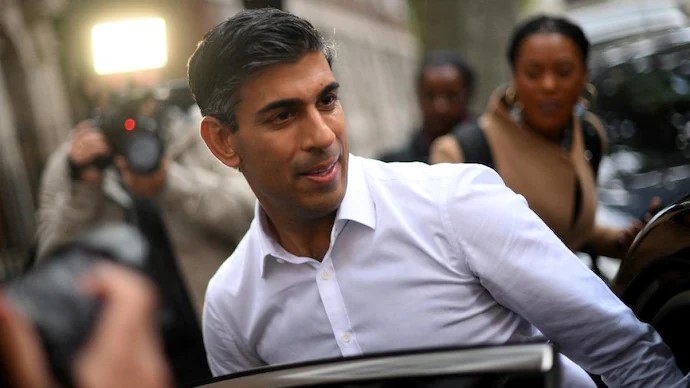
California dreaming
After graduating from Oxford in 2002, Rishi joined Goldman Sachs, where he worked for three years as an analyst. Then, he worked with The Children’s Investment Fund Management, a hedge fund firm and became a partner in 2006. After he moved to California, he worked in hedge funds and experienced the buzz of genius and enterprise that comes with being in the Silicon Valley. Eventually, he went to Stanford University for his MBA. Those were golden days in sunny California, a love affair that hasn’t quite died out for Rishi Sunak.
Appearing on the BBC’s Sunday with Laura Kuennsberg, he said, “You make the point about California. I have lived and worked in California and I actually think it’s one of the reasons I would be good at this job.
Rishi went on to reflect on the “culture” of enterprise he witnessed during his two years living on the West Coast. “I think it’s incredibly inspiring and empowering. If I was a young person, I’d want to go and do something like that.” Rishi went on to add, causing some controversy as he geared up for the Prime Ministerial race that Liz Truss went on to win, that he will not rule out moving to his Santa Monica home if he loses the election.
Meeting Akshata Murthy
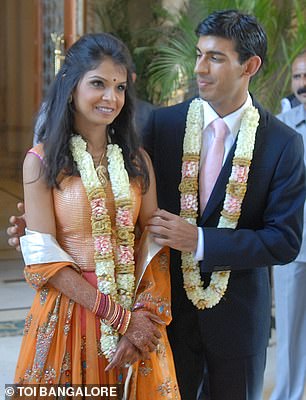
Rishi Sunak and Akshata Murthy at their Bengaluru wedding in 2009
The first time they met, Rishi said in an interview, he knew there was “clearly something.” Akshata, the daughter of Indian billionaire and Infosys co-founder Narayana Murty was in Stanford University too and Rishi recalls re-arranging his schedule to take the same classes so he could “sit next to her.” The couple married in 2009.
In a poignant letter to his daughter in 2016, Narayana Murty describes coming to terms with the man who stole his daughter’s heart. “I, too, was a little sad and jealous when you told us you had found your life partner. But when I met Rishi and found him to be all that you had described him to be-brilliant, handsome, and, most importantly, honest-l understood why you let your heart be stolen. It was then that I reconciled to sharing your affections with him,” he wrote. Akshata continues to manage her father’s venture capital firm, Catamaran Ventures in the UK and together, the couple are the 222nd richest people in Britain, with a combined net worth of GBP 730 million as of 2022.
The political route
Rishi‘s entry into politics began in 2015 when he won the constituency of Richmond, North Yorkshire in the general elections, becoming the Conservative Party’s rising star almost instantly. His entry, however, was not well-received by other conservative candidates, who resented this apparent upstart claiming territory they believed to be theirs. His victory was even more noteworthy because he contested “as a rank outsider,” according to the Business Standard, “in the 97 percent white, prosperous rural Conservative bastion of Richmond in Yorkshire, where, the joke goes, there has been no immigration since the Norman conquest in 1066.” However, his right-wing economic views – Rishi is an enthusiastic believer in free markets and a vocal critic of Brexit – helped him secure a historic win.
In 2018, Rishi was inducted in the UK government by then British Prime Minister Theresa May. Then 37-years-old, Rishi was a Conservative party MP (Richmond, Yorkshire) with great promise, entering the government as the parliamentary-under-secretary of state in the Ministry of Housing, Communities and Local Government. Incidentally, he was joined by another Indian-origin MP, also a pro-Brexit campaigner – Suella Braverman, who was Suella Fernandes at the time.
Rishi went on to make several contributions in the House of Commons, on issues like digital economy, social mobility and foreign direct investment. “From working in my mum’s tiny chemist shop to my experience building large businesses, I have seen how we should support free enterprise and innovation to ensure Britain has a stronger future,” Rishi told the media back in 2018.
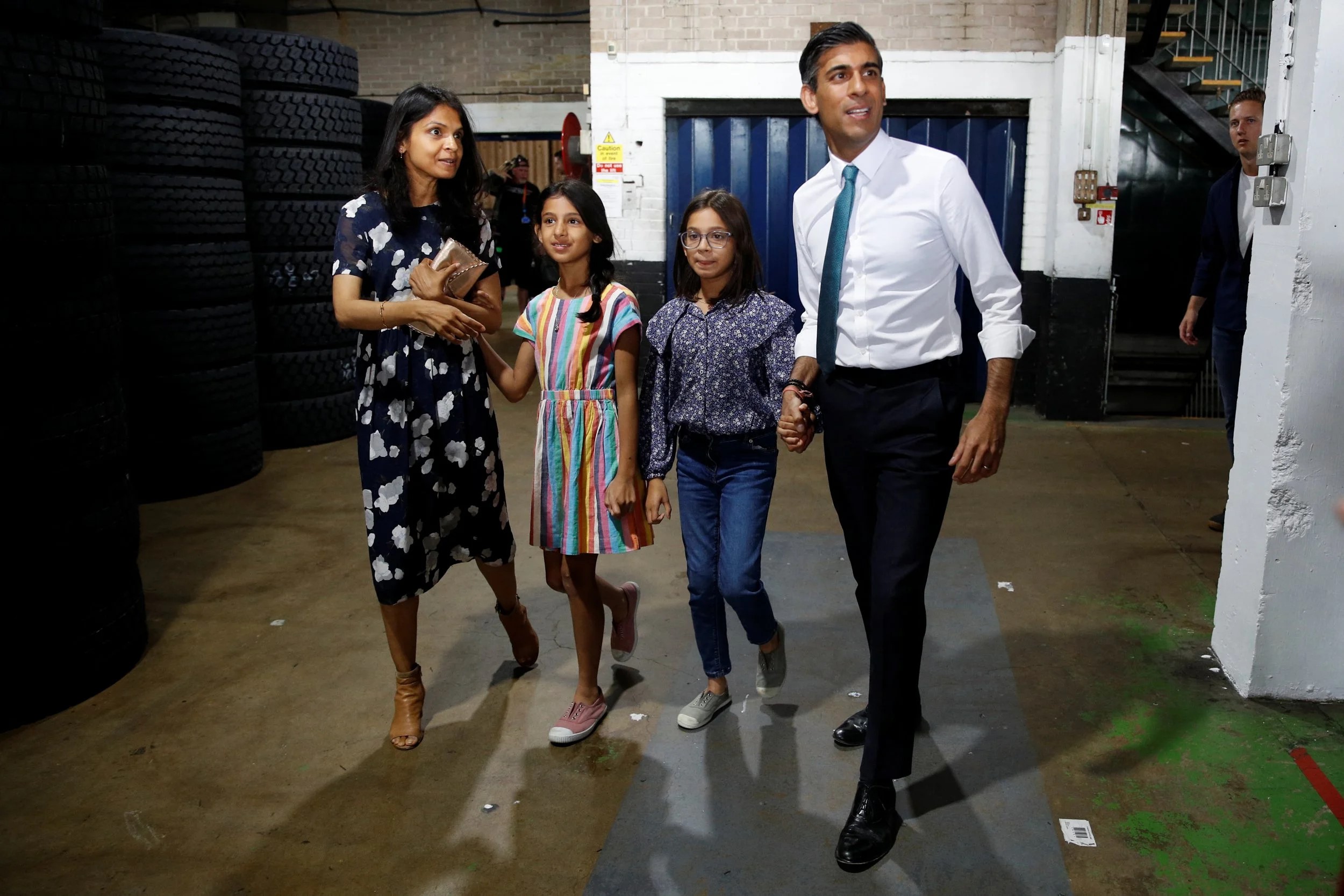
Rishi Sunak with his family
The Conservative man of colour
As a conservative candidate of colour, Rishi‘s position is always likely to be precarious. Will he usher in a post-race era, or speak up for the hyper-local, ethnic problems that minorities face in the UK? Always fiercely patriotic, his loyalty to the UK cannot be called into question. However, he remarked, to the Business Standard, “British Indian is what I tick on the census, we have a category for it. I am thoroughly British, this is my home and my country, but my religious and cultural heritage is Indian, my wife is Indian. I am open about being a Hindu.” Although he is given to phrases like “oh crikey,” he does speak a smattering of Hindi and Punjabi.
Making history
In 2019, Rishi became the first Indian-origin to be named Chancellor of the Exchequer, taking over 11 Downing Street as one of the most powerful people in England. His term was, admittedly, fraught with controversy – he was charged with breaking lockdown laws, for instance. Finally, Akshata stepped in, saying she would pay the taxes, not because she had to because she “wanted” to do so.
On July 5, 2022, Rishi resigned from his post as Chancellor of the Exchequer, withdrawing support from PM Boris Johnson over a sexual harassment scandal within the government. He contested then as something of an underdog, with Liz Truss eventually being named the Prime Minister. He tenure was short-lived and tumultuous and on October 25, Rishi Sunak, who stood unopposed, was named the Prime Minister –in-waiting of the UK. Perhaps Rishi will have his own chance at rewriting history after all.

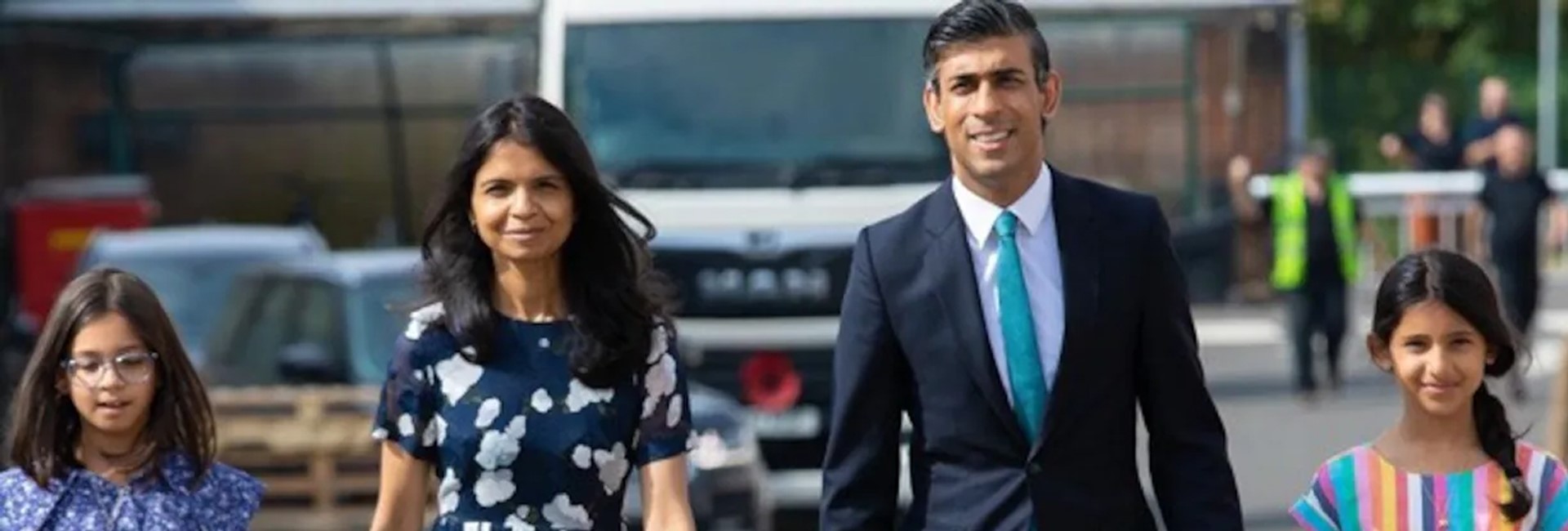

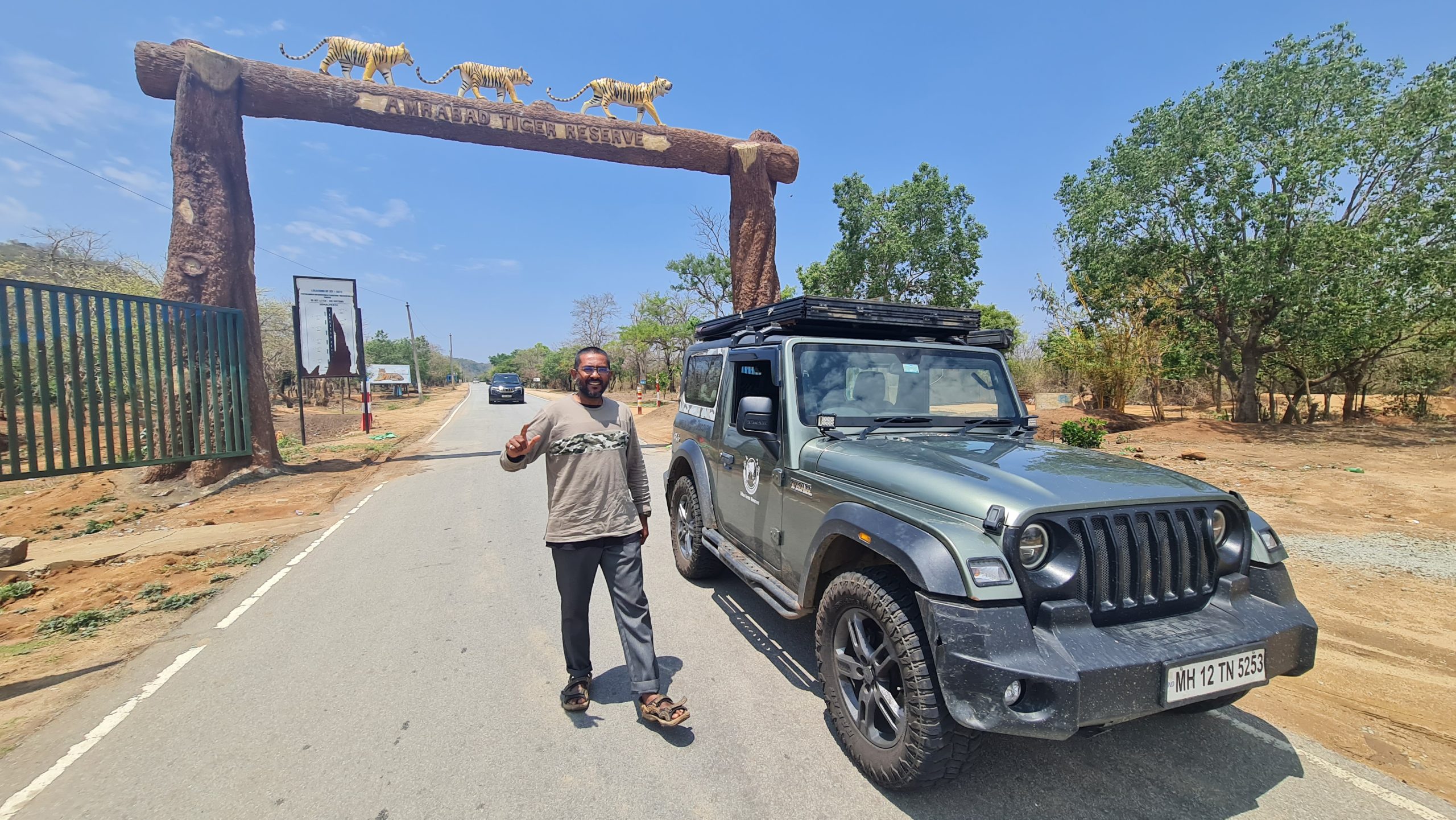 Tehzoon Karmalawala[/caption]
Tehzoon Karmalawala[/caption]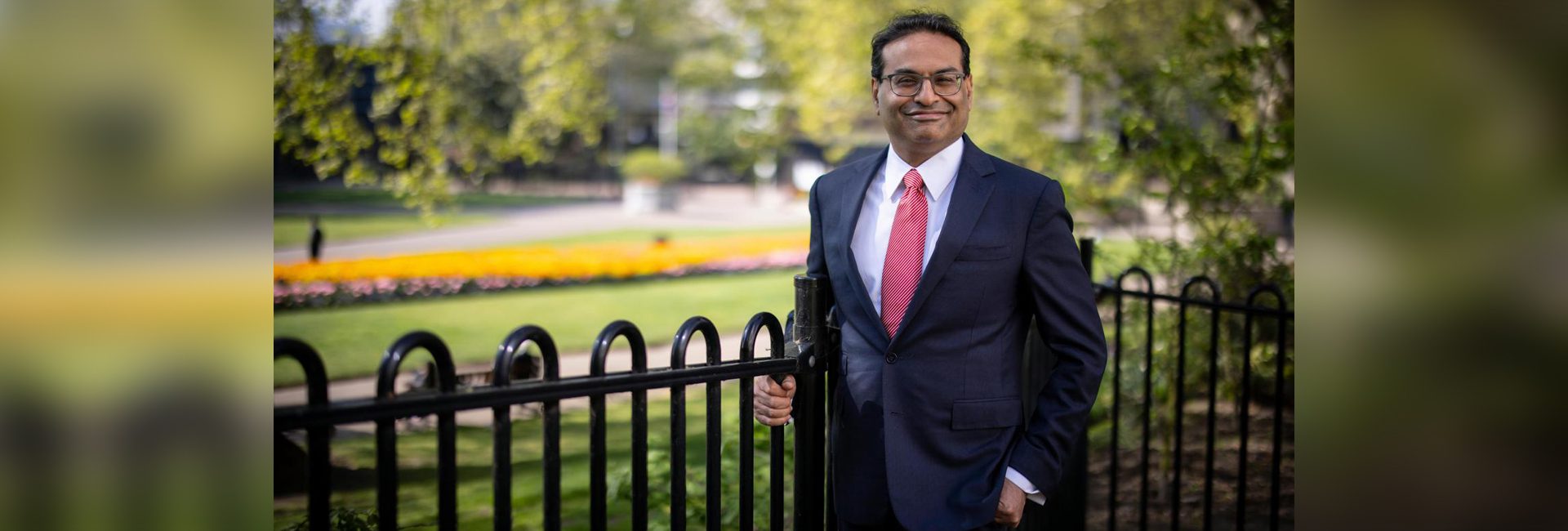
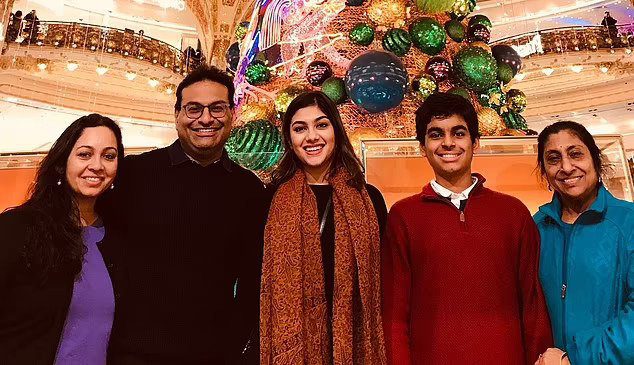 Narasimham with his family in Paris[/caption]
Narasimham with his family in Paris[/caption]
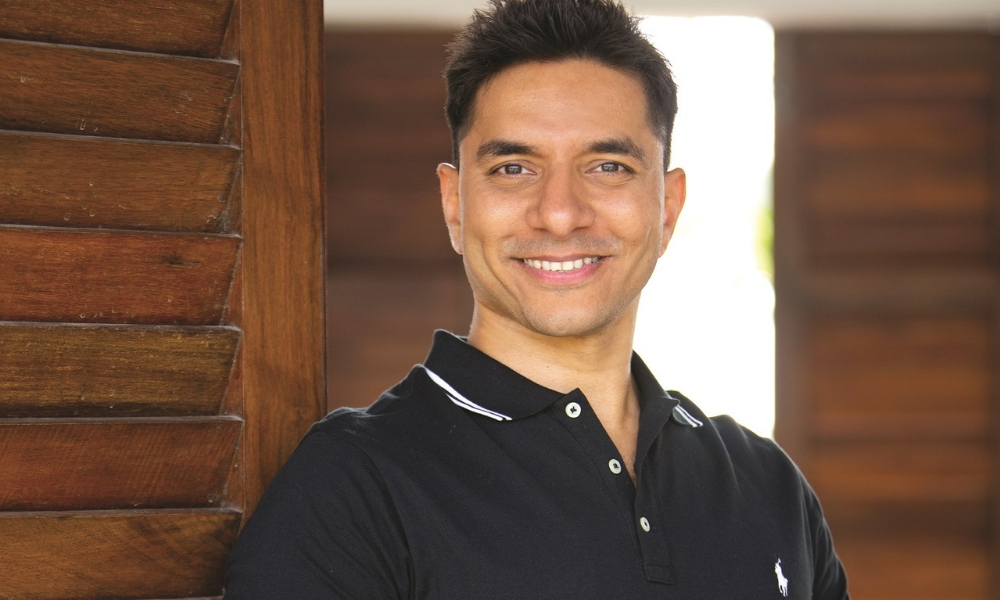 Luke Coutinho[/caption]
Luke Coutinho[/caption]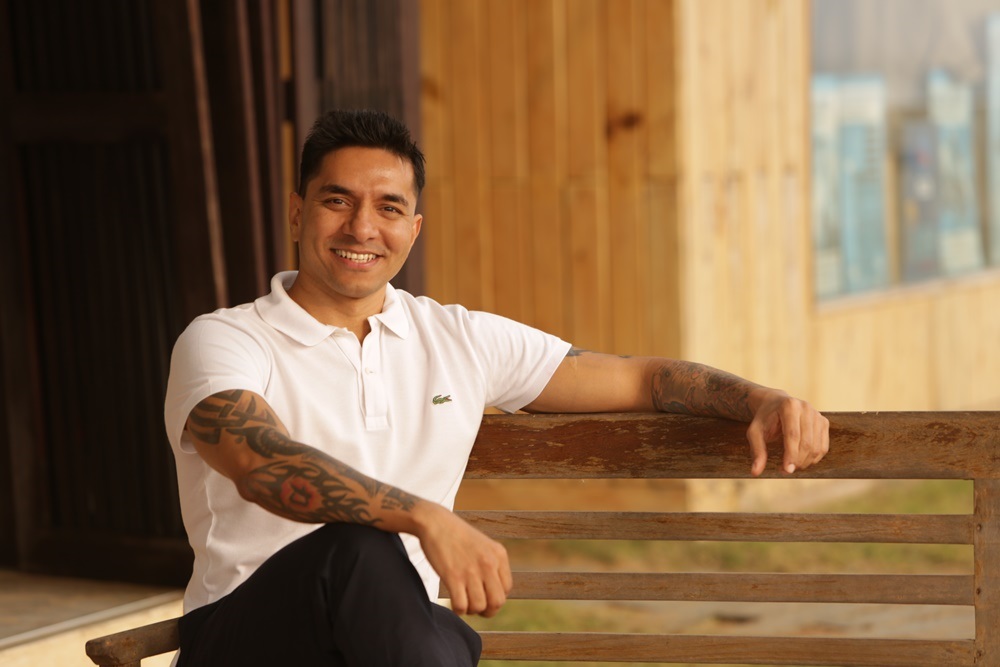 Luke Coutinho[/caption]
Luke Coutinho[/caption]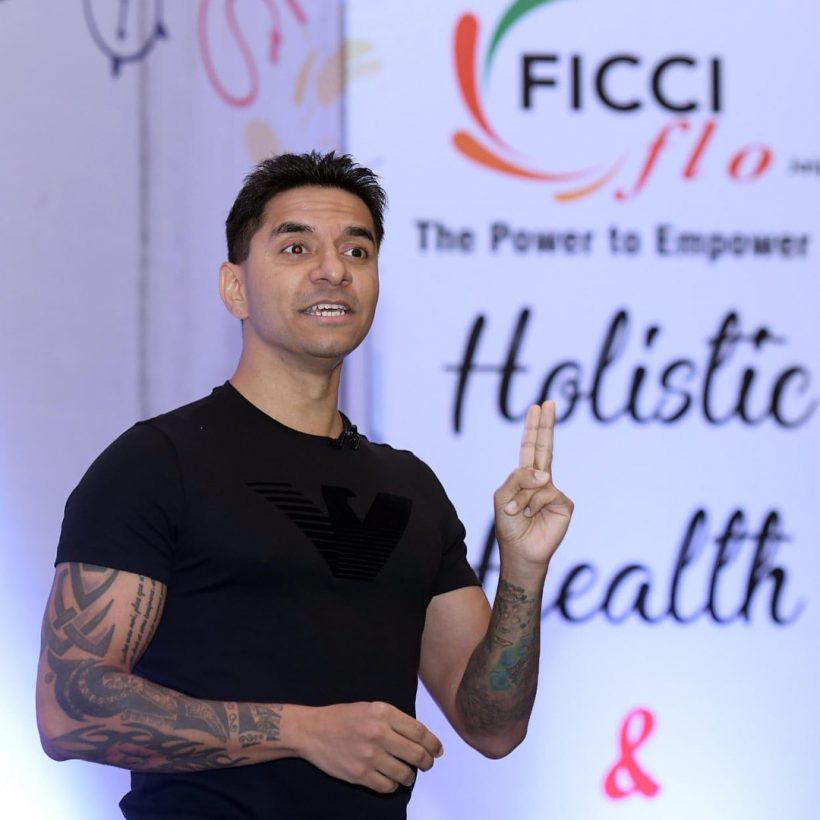 Luke Coutinho[/caption]
Luke Coutinho[/caption]
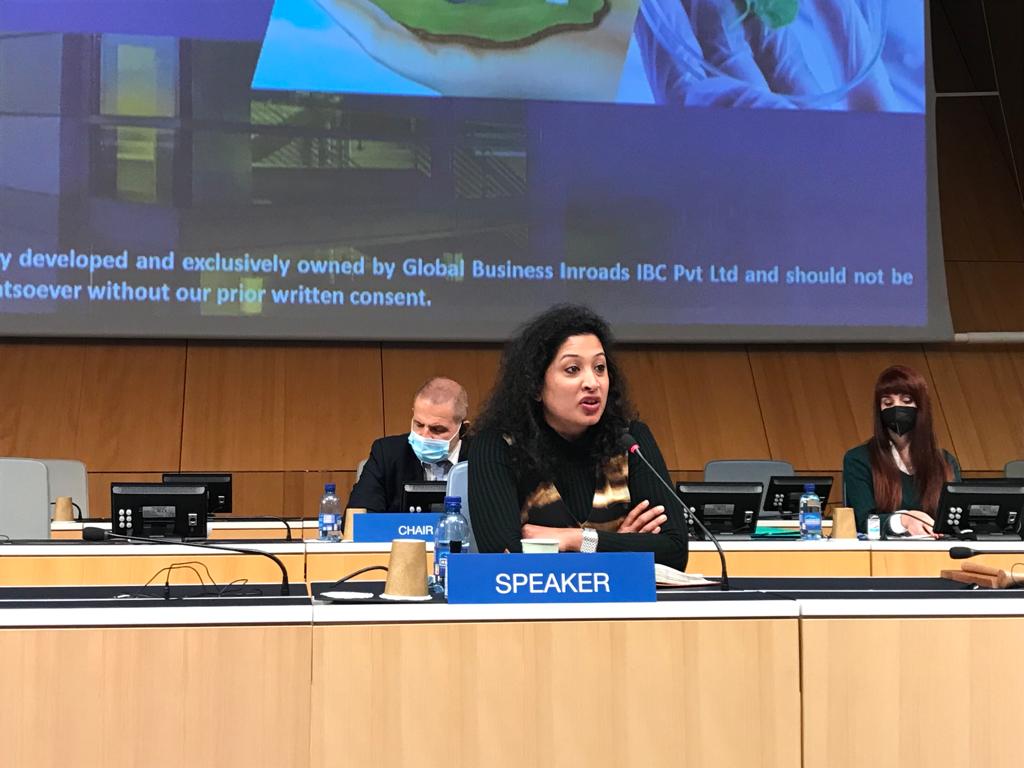 Leena at the WIPO event in Geneva[/caption]
Leena at the WIPO event in Geneva[/caption]
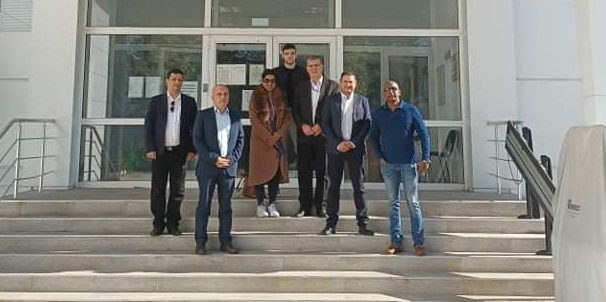 Leena and Shibu at GBI's Europe office in Bulgaria[/caption]
Leena and Shibu at GBI's Europe office in Bulgaria[/caption]
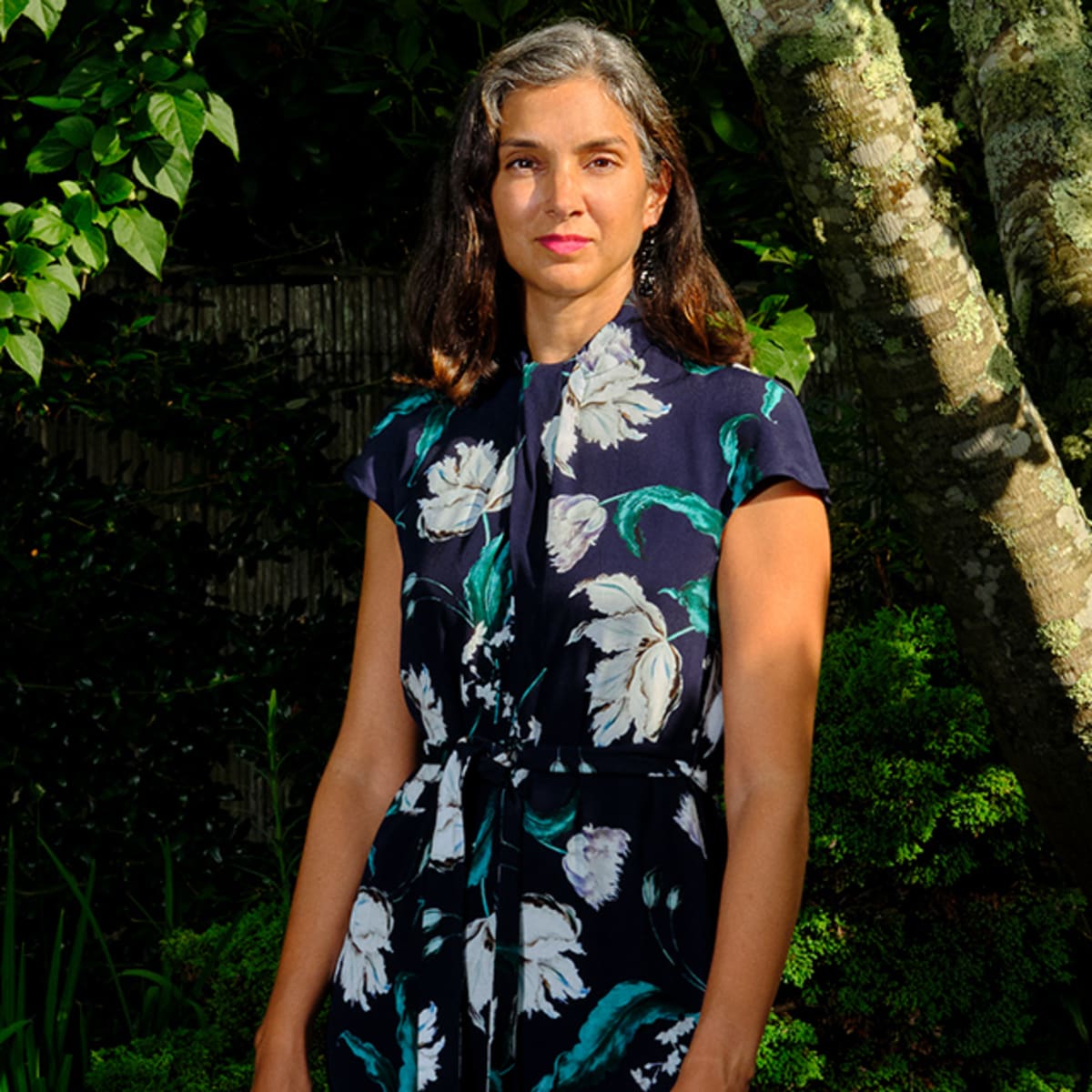 Radhika Jones is the editor-in-chief of Vanity Fair[/caption]
Radhika Jones is the editor-in-chief of Vanity Fair[/caption]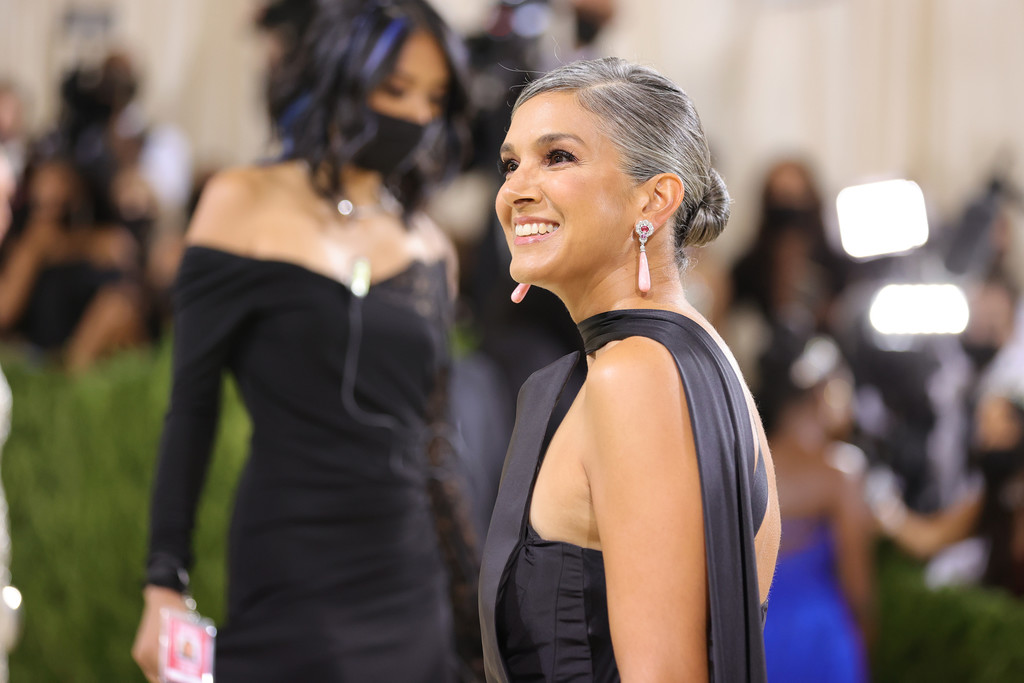 Radhika Jones has transformed Vanity Fair and how![/caption]
Radhika Jones has transformed Vanity Fair and how![/caption]